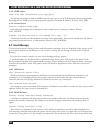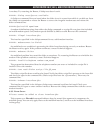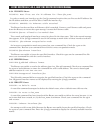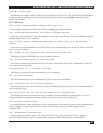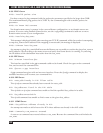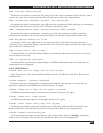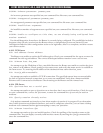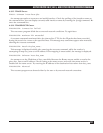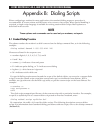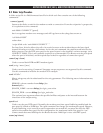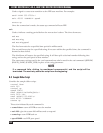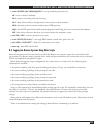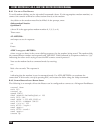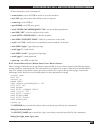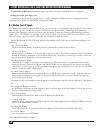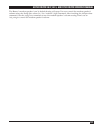
ASYNC ROUTER AR-P, AR-5, AND SYNC ROUTER REFERENCE MANUAL
252
Appendix B: Dialing Scripts
When configuring a modem for most applications, the standard dialing sequence procedure is
recommended. It is more robust and has better error recovery than scripts. When special handling is
required, a simple script language is available for writing custom dialer scripts. Both options are
described in this section.
NOTE
These options and commands can be used only on modems, not synch.
B.1 Standard Dialing Procedure
The phone number the modem is to dial is entered on the dialup command line, as in the following
example:
dialup modem0 demand 1-800-555-4141 240
Characters allowed in the sequence are:
• number digits 0, 1, 2, 3, 4, 5, 6, 7, 8, and 9
• # and * keys
• comma (,)—indicates a 2-second pause
• P—indicates pulse dialing, or T—indicates tone dialing
• hyphen (-)—this character is ignored
• W—indicates wait for dial tone
For special dialing requirements beyond the scope of the built-in dialer, you can write a custom dialer
script. Create the custom script on another system and copy it to the Router boot diskette. If IP is
available, use ftp; otherwise use the DOS copy utility to put the custom script on the boot diskette. For
example:
a:stacker a:
copy scriptname a:
exit
The dialer script command specifies use of that custom script with a particular interface. For example,
to specify a mydialer.dcf file as a custom dialer script used on interface modem0, enter:
dialup modem0 script mydialer.dcf
By convention, the suffix .dcf is used for dialer scripts. The following descriptions concern dialer
scripts. For information about standard dialing procedures without scripts, refer to the dialup command
(Section 2.9).



